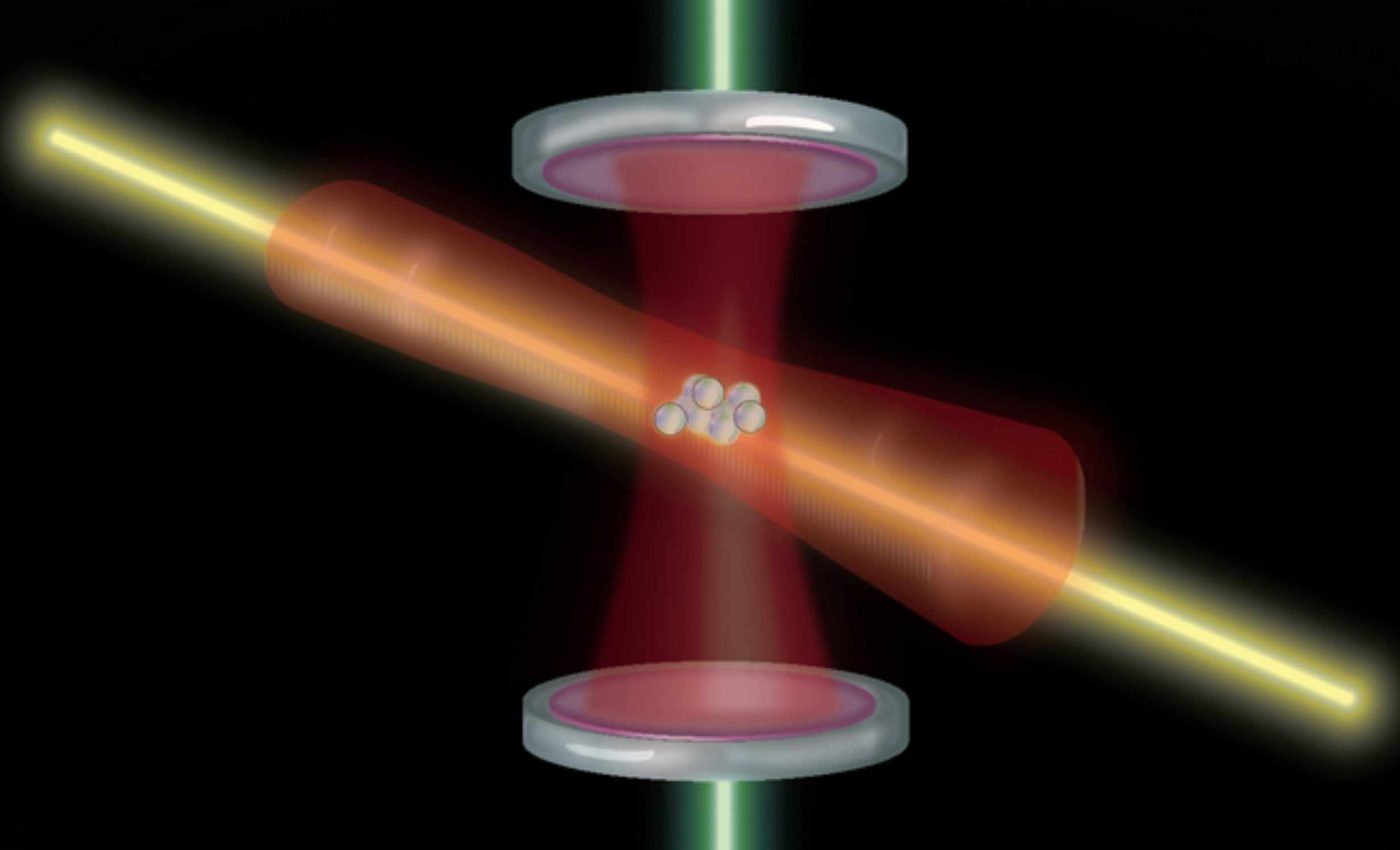
New atomic clock has doubled its timekeeping accuracy by reducing quantum noise
Optical atomic clocks just took a clean step forward. An MIT team reports a method that cuts quantum noise and lets a clock resolve twice as many ticks as before.
The work centers on ytterbium atoms and a new way to steady a laser, and careful control of atomic motion too. The core result is a twofold precision boost using a technique called global phase spectroscopy.
Atomic clocks and time precision
Vladan Vuletic, the Lester Wolfe Professor of Physics at MIT, leads the group behind the advance and has long pushed the limits of quantum metrology.
His lab focuses on precision, control, collaborations, engineering, and real world tests worldwide.
An optical atomic clock, a device that uses visible light to count an atom’s fast oscillations, can mark smaller slices of time than microwave clocks.
Cesium still defines the second at 9,192,631,770 ticks, but optical clocks point to the future.
Ytterbium clocks already reach astonishing stability near one part in 10^18. That level means a pair of clocks could disagree by less than a second across the age of Earth.
The trouble is quantum noise, random measurement fuzz set by quantum mechanics that blurs the atoms’ natural rhythm. Reducing that noise is the fastest route to sharper time.
The idea behind global phase
Here the team uses global phase, the shared shift in the quantum state of many atoms, as a clean dial to read the laser’s true frequency. That phase quietly records how far the laser drifts from the atom’s transition.
“We adapt the holonomic quantum gate concept to develop a new Rabi-type global-phase spectroscopy,” wrote Leon Zaporski, the lead author, in the paper’s abstract.
Crucially, the phase is global yet measurable without leaving the atoms in a different energy state. The team boosts its imprint and then reverses the dynamics to read out a stronger signal.
They run a sequence that writes the phase into the ground states, then maps it to a population difference the cavity can read. This is paired with time reversal, a protocol that retraces dynamics to boost weak signals.
Less quantum noise, better atomic clock
The group builds on earlier work showing that entanglement, a quantum link that makes atoms behave in lockstep, can push timing beyond the standard quantum limit.
In 2020, the same community showed entanglement directly on an optical clock transition.
A second ingredient is the standard quantum limit, the baseline precision limit for independent particles. Beating that limit needs either more atoms or smarter states, and the team chose the smarter route.
In the new experiment, they first entangle thousands of cooled ytterbium atoms. They then encode a small phase with the laser, unwind the entanglement, and amplify the response.
The result is a measured 2.4 dB gain in phase precision and a 4.0 dB cut in laser noise sensitivity beyond the standard quantum limit. In plain terms, the clock reads noticeably finer intervals at the same time.
Why this matters beyond labs
Sharper clocks do more than tell time. They sense tiny shifts in gravity, map height differences across Earth, and may even spot hints of new physics.
Better stability also helps networks synchronize communications, finance, and power grids. The same control could help portable clocks leave the lab for field science.
Portable systems would let scientists compare frequencies across long baselines with fewer errors. That could sharpen surveys, test relativity in new settings, and improve navigation timing for remote platforms.
Optical lattice clocks matured quickly over the past decade. Experiments have compared two squeezed ensembles head to head and verified improvement below the ordinary noise of independent atoms.
The work set the stage for using entanglement where it matters most, right on the optical transition. What changed with this study is the handle on phase.
By measuring a detuning-sensitive rotary echo, a pulse pattern that cancels uneven light coupling, the team keeps contrast high even when atoms couple unevenly to light.
Atomic clocks and future tech
Two questions now rise to the top. Can the method keep scaling with more atoms, and can similar phase tricks harden other quantum sensors that face the same noise wall.
If the answer is yes, optical clocks could form portable arrays for geodesy or dark matter searches. They might also anchor networks that compare frequency standards across continents with less overhead.
Engineering will matter as much as physics. Stable lasers, quiet cavities, and careful thermal control must travel well if these clocks are to ride in trucks or planes.
A few caveats keep the result honest. The measured gain reflects both the amplified signal and residual laser noise, and improvements depend on careful pulse control.
Still, the approach avoids single-atom readout and relies on collective interactions that make scaling easier. It offers a practical path toward more stable lasers and cleaner clock ticks.
The study is published in Nature.
—–
Like what you read? Subscribe to our newsletter for engaging articles, exclusive content, and the latest updates.
Check us out on EarthSnap, a free app brought to you by Eric Ralls and Earth.com.
—–













